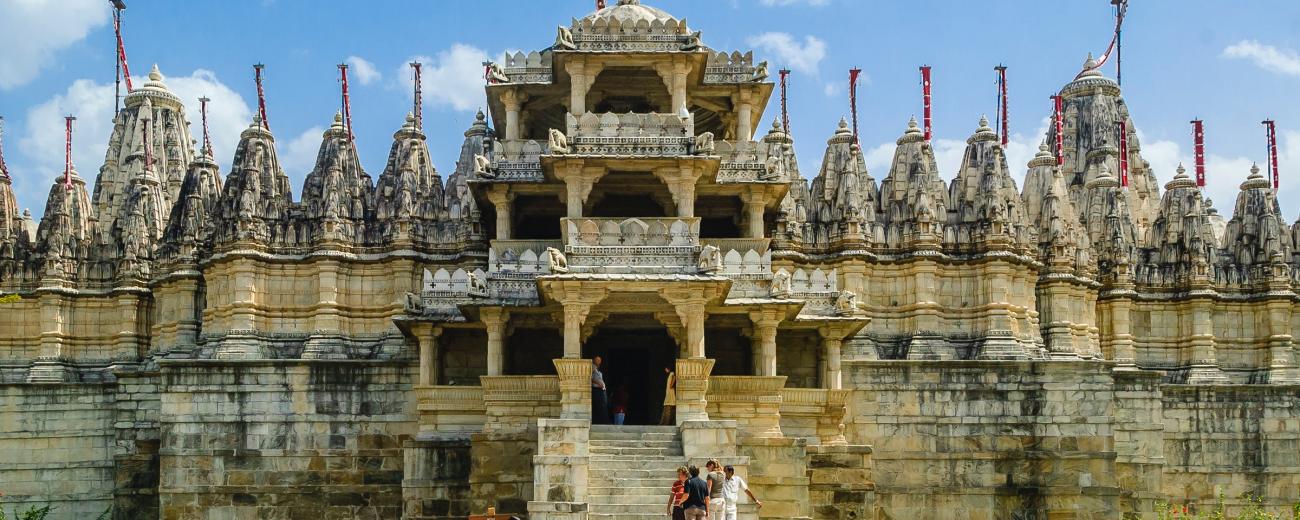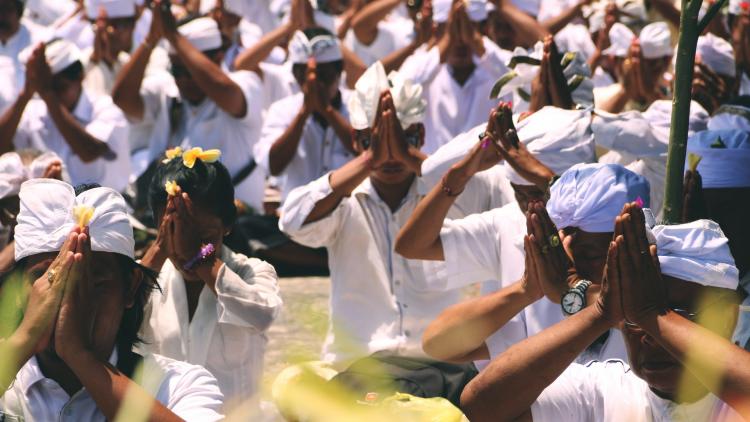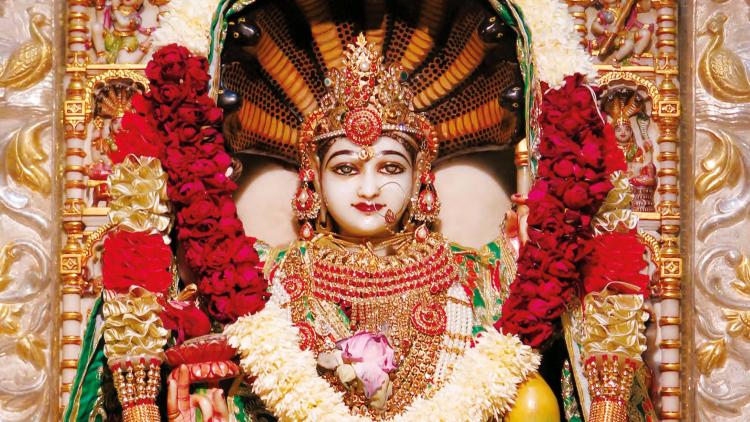The Aniconic Jaina Traditions: History, Doctrine, Practice


Overview
The use of images has been a contentious issue in the history of religions, attracting scholars of comparative religion and sociology.
Though thirty percent of all Jainas belong to aniconic or non-image-venerating traditions today, textbooks on Jainism offer no detail on the schools and sects rejecting image-worship. The project will close this evidence gap by making a comprehensive study of the sectarian histories, doctrines, and practices of the aniconic Loṅkāgaccha, Sthānakavāsī and Terāpanth Śvetāmbara Jaina traditions.
New prosopographical methods will be applied for analysis and complexity theory introduced as a means of explaining the dynamics of sectarian differentiation and functions of aniconism in novel ways.
Background
Jaina traditions that reject image-veneration emerged in fifteenth century Gujarat and quickly segmented into a great variety of schools and sects. This new school of interpretation originated in protest against the perceived laxity of the Śvetāmbara mendicants. It was inspired by the Jaina layman Loṅkā who criticised image-worship and called on Jaina mendicants to return to strict ascetic practices, as prescribed in the early Śvetāmbara scriptures. Since this did not happen his followers subsequently established entirely new mendicant traditions drawing on their own circles of supporters.
Comprising about 30% of the ca. four million Jains today, the aniconic Jaina tradition is still divided into more than thirty distinct sectarian traditions. Despite its size and religious significance this segment of the Jaina tradition is not adequately represented in the textbooks on Jainism and surveys of the Jaina schools and sects to date ). This project intends to change this and to put the aniconic Jaina traditions on the map and assess the significance of Jaina aniconism from a comparative perspective.
The research centres on the reconstruction of the history and documentation of religious practices of the almost extinct Loṅkāgaccha traditions, from which all non-image-venerating Śvetāmbara traditions derive. It will also consolidate the source base on the Sthānakavāsī traditions in Gujarat and North India. On the strength of the new findings of this project and results of prior research it will finally be possible to reconstruct the entire history of the aniconic Jaina traditions.
Schedule
Start date: 1/10/2022. End date: 30/9/2025
Funder
This project is funded by Leverhulme Major Research Grant MRF-2021-192.




